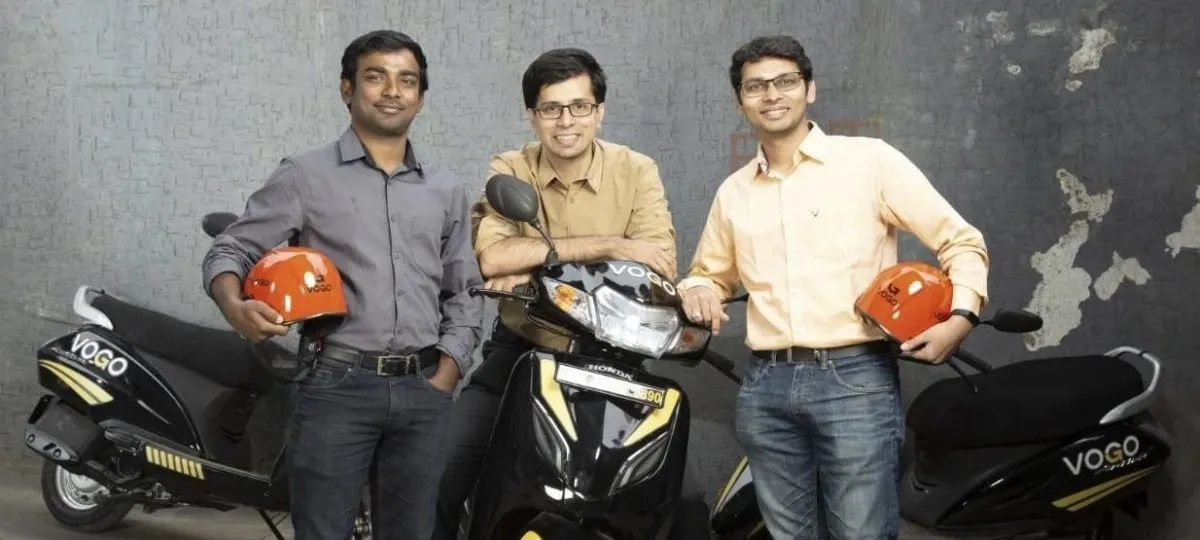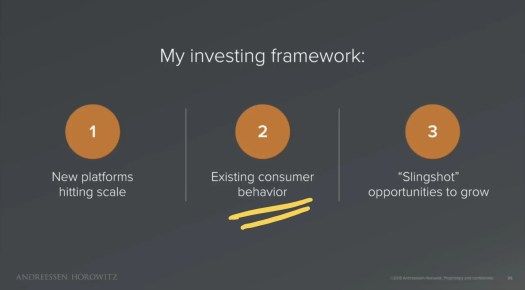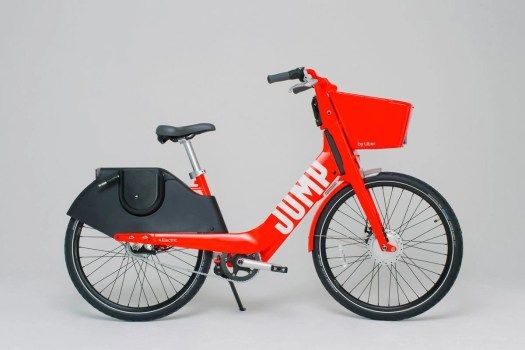Innovate in Mumbai, Sell in San Francisco

Remember how since 2008 India was supposed to be an innovation force to be reckoned with? We had hundreds of keynotes on Jugaad innovation , bottom-up innovation, etc. Look it up, it’s fascinating that no one remembers that anymore. End result: not much, if anything really. This didn’t change anything in London, Paris or San Francisco, not even in Mumbai. But lo and behold, India seems to be back with a new idea on innovation: ride-sharing motorbikes.
Yes, I know what you’re probably thinking right now. What’s new?
Well first, India is a 200 million licenced motorcycle drivers market. Which is important if you want to innovate mobility, because India is one of the rare country where there is no adoption curve to face on two-wheels solutions. As such, this market is an immense laboratory for the rest of the world that wants to innovate with products on two-wheels.
Here’s why:
If you want to test a ride-sharing platform with electric motorbikes in Berlin, you have to essentially test 3 hypothesis:
- People will accept to use motorbikes on a daily basis
- People will find the switching cost to our solution beneficiary
- People will save time and stress while going from A to B
In Mumbai testing hypothesis 1 is now unnecessary. But both hypothesis 2 and 3 are now in critical mode because you’re in a very low income 1.3 billion people country where traffic jams and pollution are epic problems. Which means you can test at scale from day 1 in India (no barrier to entry on using the product) and concentrate on solving the problem just in terms of economics and efficiency. Which then means, that if you can do it in India, it’s rather piece of cake to transfer your solution to the US or EU.
This by the way, matches very well the framework of investments of rock-star VCs in the US:

And while Uber is starting to deploy their electric bikes in the West (they acquired Jump last year):

Other investors in the Silicon Valley and in Europe are trying to get to the next S-curve as well and are pouring millions right now in possible alternative from India, such as Vogo and Bounce. The game is clear: let’s try to undercut Uber and Lyft at their own game.
Why do I write about this?
Two reasons:
(1) Innovation is not a static game, it plays out in a flux where every actor is moving (fast) at the same time and try to outpace the other at the same time.
When you’re thinking in term of business plan, you develop a static vision of the world. We are in 2019, the forces at play are X, Y and Z, we see an opening doing A in 2020 and B in 2023, and to do so our retro-planning is 1, 2, 3, 4 and 5. Let’s put some money to get from 1 to 2, and then we’ll adjust to reach 3.
Innovation doesn’t play out like that. When Uber was created in 2009 as a premium taxi company, no one would have predicted that just a few years later they would be a key player in food delivery. No one could have planned steps ahead of this game accordingly.
And more then ever, innovation on the mobility front is playing out in a context where new entrants keep on pushing in, while the previous generation of new entrants has not settled down yet. Said differently, even though Uber is still a young company just filing out for IPO as we speak, it’s already targeted by younger disrupters that want to undo them. This game is getting exponentially faster in a digital networked economy.
(2) Few innovators have learned yet to outpace others by playing first in an adjacent market and then coming back to the key market they want to dominate.
The case I’m making is that it might be way faster to innovate mobility in Mumbai first and then do San Francisco, than just focusing on San Francisco. This reasoning is the same (to some extent) if you want to innovate banking or e-commerce in Europe: it may be worth starting in China, Japan or Korea first where digital is the default mode.
The irony is that few multinationals present and active in many markets worldwide, have actually mastered this art. Work first in a zone where adoption of your innovation will face no barrier to entry at all (motorbikes on easily basis for commenters, consumers essentially buying everything online, monetary transactions already switched to digital, etc). Focus on the change you want to achieve in the market. When successful, bring it back in the region where the usage is still not developed with adequate regional adaptation.



